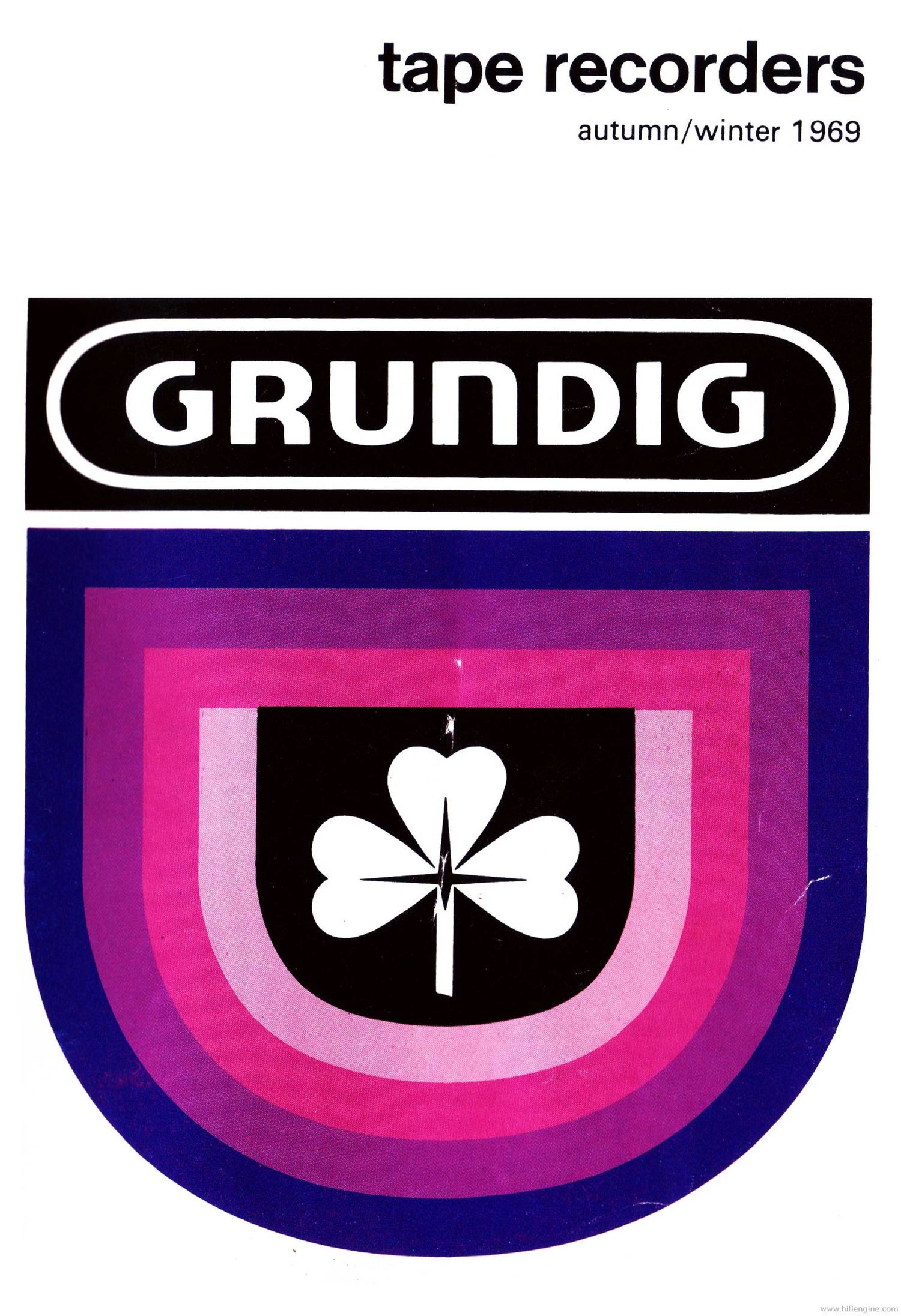Grundig TAPE WINTER 1969
This is the 9 pages manual for Grundig TAPE WINTER 1969.
Read or download the pdf for free. If you want to contribute, please upload pdfs to audioservicemanuals.wetransfer.com.
Page: 1 / 9
